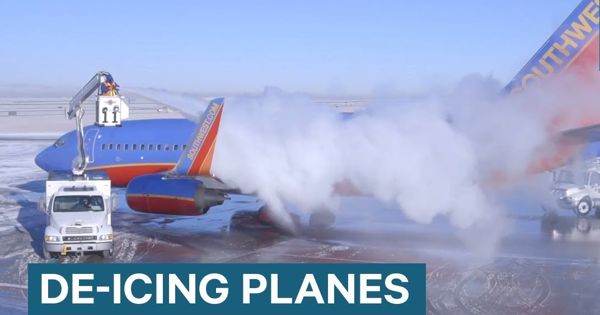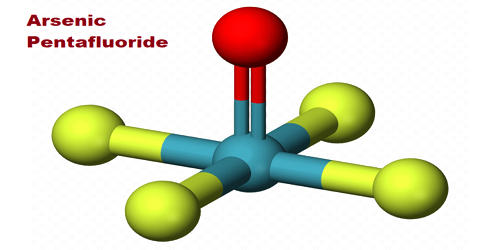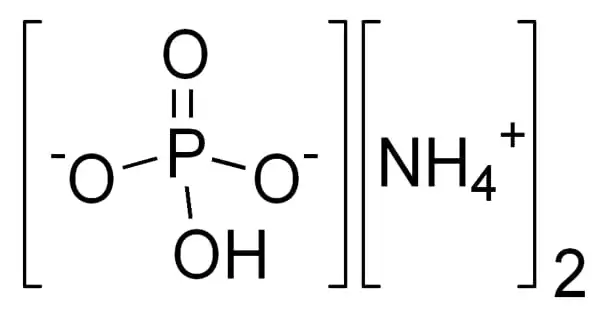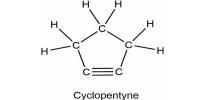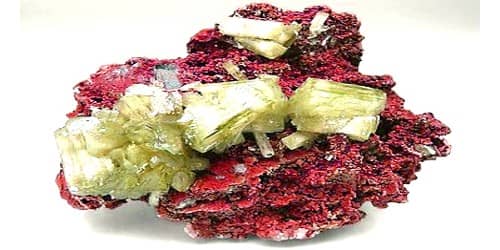De-icing is the process of removing snow, ice, or frost from a surface. It is the activity of removing ice or preventing its formation. Anti-icing is understood to be the application of chemicals that not only de-ice but also remain on a surface and continue to delay the reformation of ice for a certain period of time, or prevent adhesion of ice to make mechanical removal easier. De-icing salts such as sodium chloride or calcium chloride leach into natural waters, strongly affecting their salinity. If you’ve traveled by air in wintry weather, you’ve probably looked out your window before takeoff and seen vehicles circling the plane, spraying de-icing fluid on the wings. Passengers often ask me why it’s so important to make sure the aircraft is free of snow and ice accumulation.
The de-icing agent is a substance that prevents the formation of ice and it works by decreasing the freezing point of the solution. For example – NaCl. De-icing can be accomplished by mechanical methods (scraping, pushing); through the application of heat; by use of dry or liquid chemicals designed to lower the freezing point of water (various salts or brines, alcohols, glycols); or by a combination of these different techniques. All chemical de-icers share a common working mechanism: they chemically prevent water molecules from binding above a certain temperature that depends on the concentration.
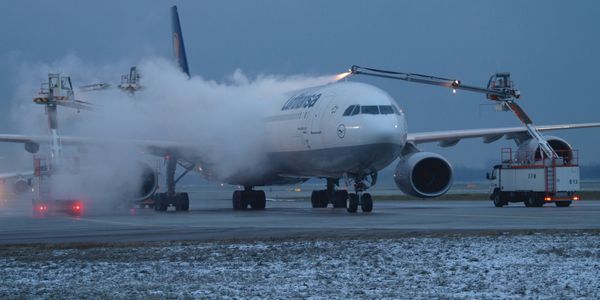
Approaches
Trains and rail switches
Trains and rail switches in arctic regions have large problems with snow and ice build-up. While it removes ice and snow, deicing fluid has a limited ability to prevent further ice from forming. They need a constant heat source on cold days to assure functionality. If winter precipitation is falling, such as snow, freezing rain, or sleet, further action needs to be taken to prevent ice from forming again on the aircraft before takeoff. On trains, it is primarily the brakes, suspension, and couplers that require heaters for de-icing.
Aircraft
On the ground, when there are freezing conditions and precipitation, de-icing an aircraft is commonly practiced. Whenever snow, ice, or even frost has accumulated on the aircraft, the pilots call on the airport deicing facility to have it removed. Frozen contaminants interfere with the aerodynamic properties of the vehicle. Deicing fluid, a mixture of a chemical called glycol and water, is generally heated and sprayed under pressure to remove ice and snow on the aircraft. Furthermore, dislodged ice can damage the engines.
Information Source:
